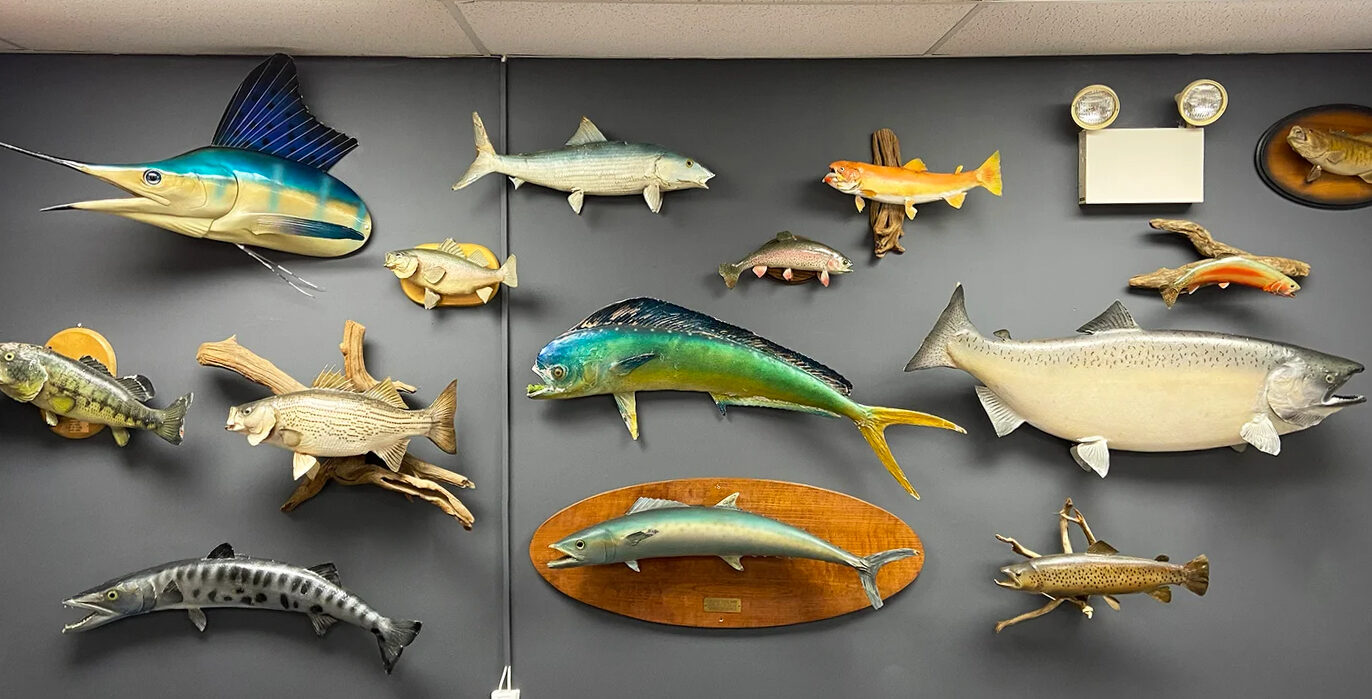
Fish Taxidermy The 5 Best Ways to Mount Your Catch Outdoor Life
How to Taxidermy a Fish Fish can be some of the hardest animals to taxidermy. The skin loses color once it is dry, so the entire body will need to be recreated with paint. There are different ways to mount a fish, and the kind you are hoping to use will depend on the different mounts.
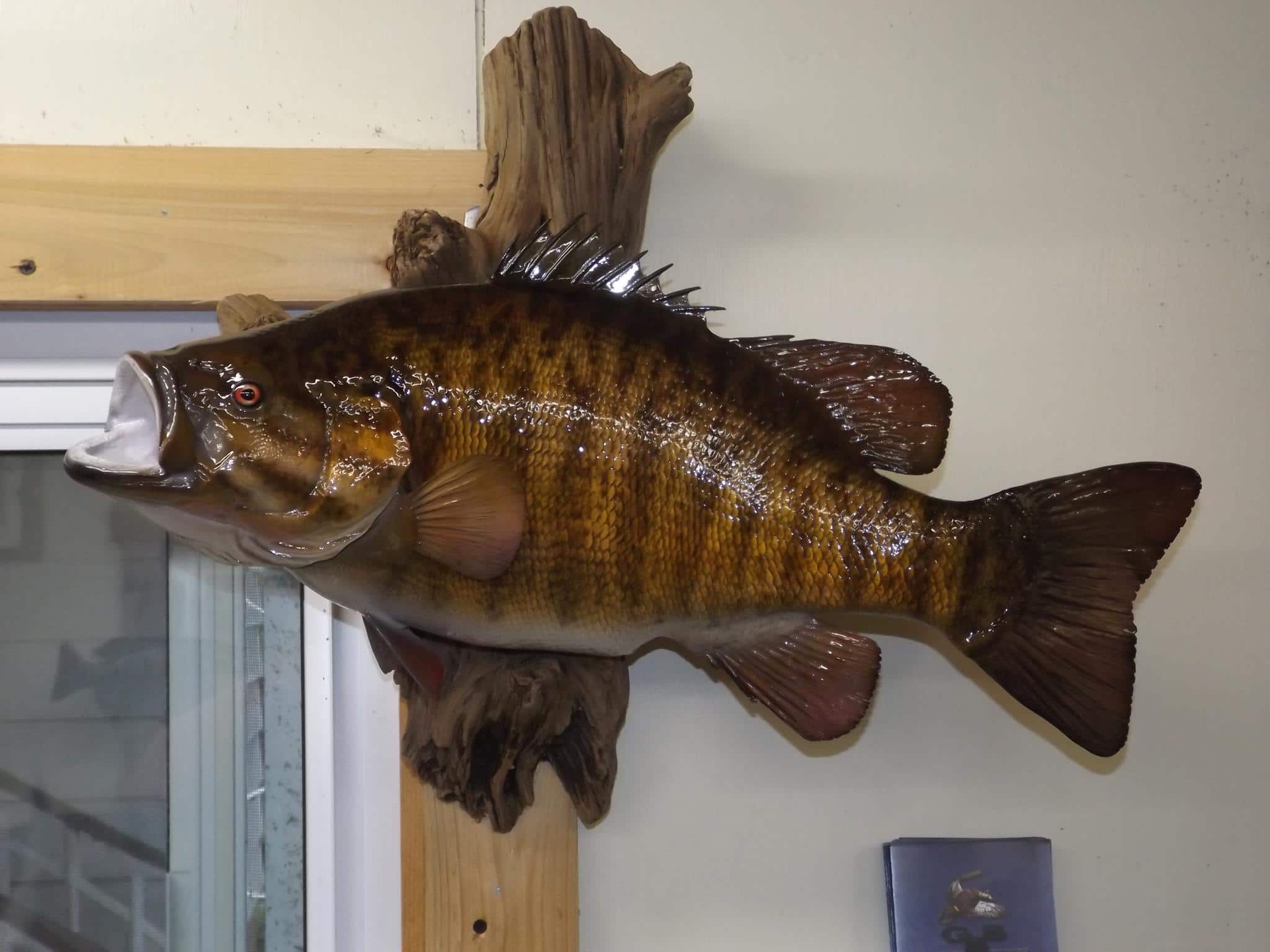
Fish Taxidermy Stehling's Taxidermy
Skinning The Fish To prep a fish for taxidermy, start by making an incision along the back of the fish. Carefully peel the skin off the body, ensuring you remove any excess flesh or meat from the skin. This process is crucial for preserving the fish's natural shape and appearance.

Fish Taxidermy Gallery Coble Taxidermy Virginia
So, how do you taxidermy a fish? It involves thoroughly cleaning the exterior and interior of the animal, removing as much meat from the skin as possible, using special chemicals to preserve it, filling it up with stuffing (generally sawdust), and then sewing it up in the shape that you want. Contents [ show] How To Prepare A Fish For Taxidermy

Fish Taxidermy Gallery Coble Taxidermy Virginia
Our technical staff has put together a comprehensive library of informative How To Instructions and FREE Online Videos covering many aspects of taxidermy. If you have any questions please email us at [email protected] or call our technical staff, toll-free at (800) 279-7985. Learn how to mount fish from expert taxidermists! Van Dyke's.

Wisconsin Taxidermist Rich's Taxidermy Gallery of Fish Mounts in
Fish taxidermy is preserving a caught fish by replicating the species with realistic-looking body parts and eyes. Here are some of the steps in processing: Skinning Skinning is the first step in fish taxidermy. This includes removing the scales and fish flesh with a scaler or an electric filleting knife.

How to Taxidermy a Fish An Artful Preservation
Until recently, "fish taxidermy" was the method of turning a captured dead fish into a preserved wall mount. The fish was skinned, mounted, dried and painted. That was the process. Without the proper climate, this dated process often resulted in the deterioration of the mount.
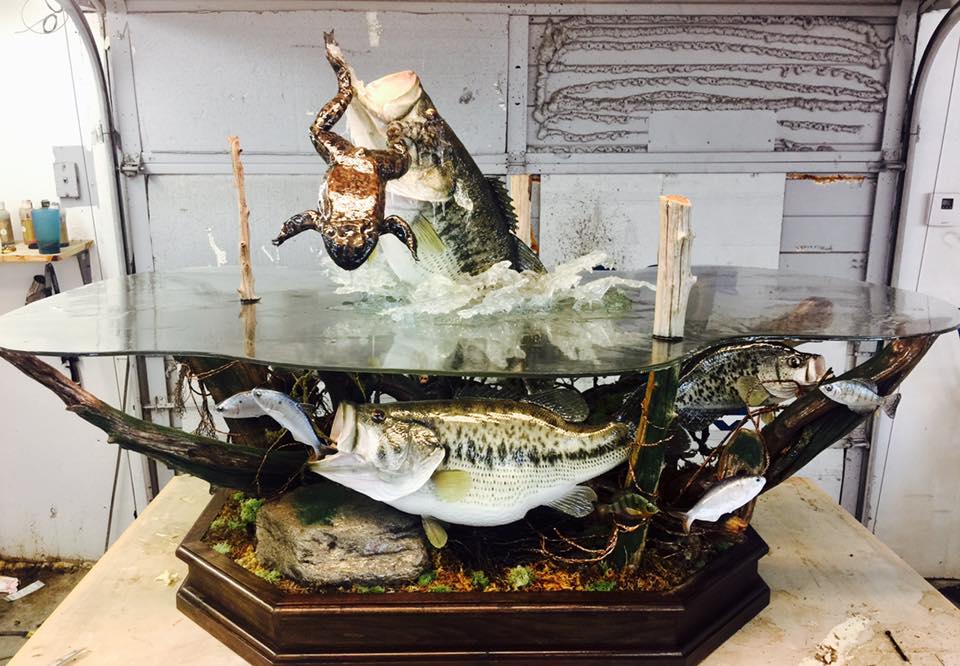
Fish Taxidermy World Award Winning Artist Vance Montgomery
B: Measure width of the eye in millimeters. C: Measure around the fattest part of the belly of the fish. Wrap your fish in a very wet towel. This will protect the fins when frozen. Place in a plastic garbage bag, seal it tightly and freeze it at once. How To Taxidermy Fish a learn from home video course for beginners. Free video overview.

Fish Taxidermy Gallery Coble Taxidermy Virginia
Fish taxidermy is a meticulous process that involves preserving and displaying fish specimens in a lifelike manner. This step-by-step preservation guide aims to provide an in-depth understanding of the techniques and methods involved in taxidermy. By following these instructions, one can achieve mastery in the art of fish preservation..
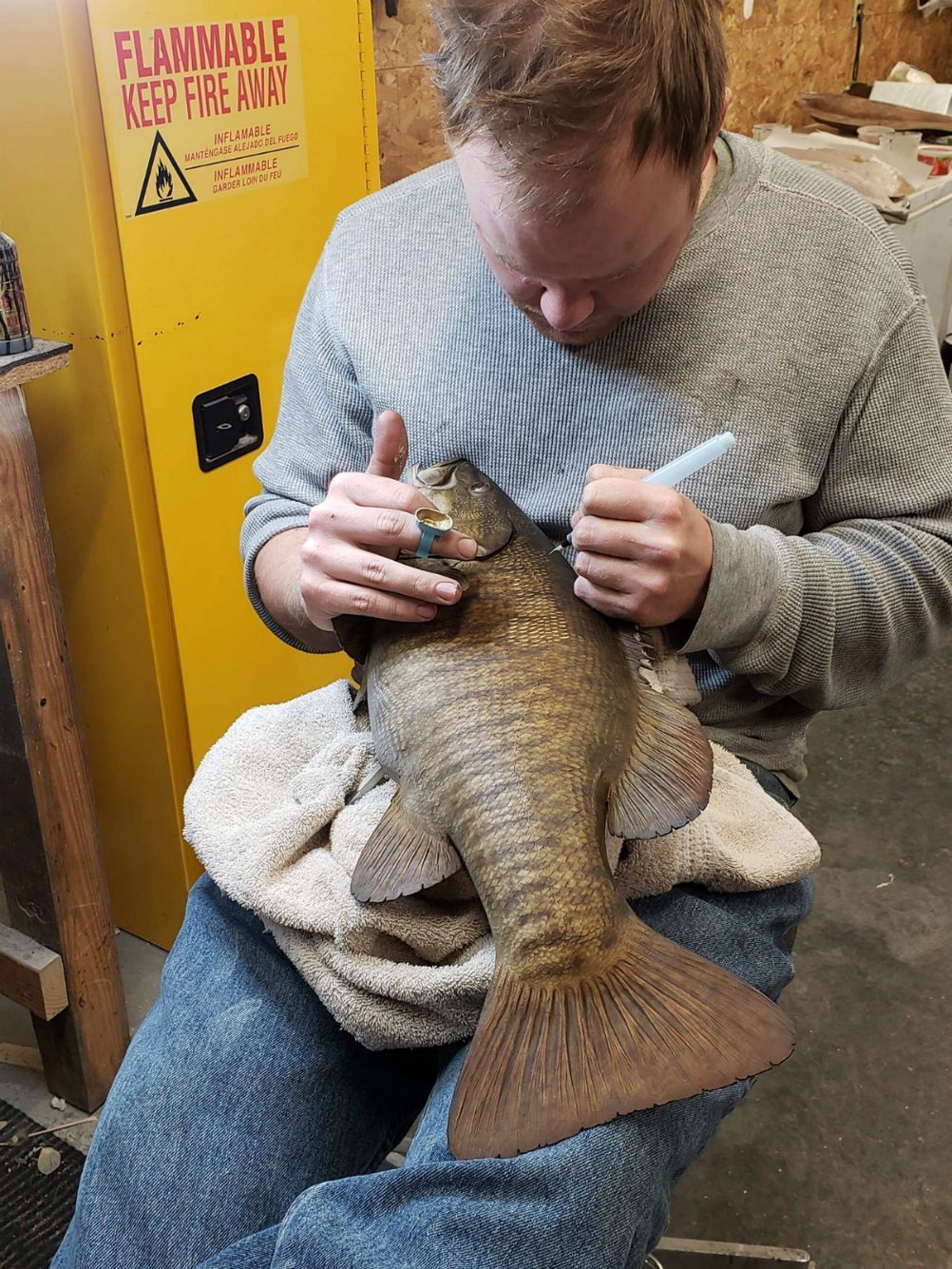
America’s Top Fish Taxidermist? Grand View Outdoors
How to taxidermy a fish - Walleye Mount. This ten minute video covers a roughly 6-8 hour process for me to mount a walleye. Learn how to mount your own fish.

Fish Taxidermy Gallery Coble Taxidermy Virginia
9 How to Fish Taxidermy To fish taxidermy, the first step is to photograph the fish from various angles while it is still alive. Using a taxidermy scalpel, cut through the lateral lines and separate the skin from the meat, trying to keep the skin intact.
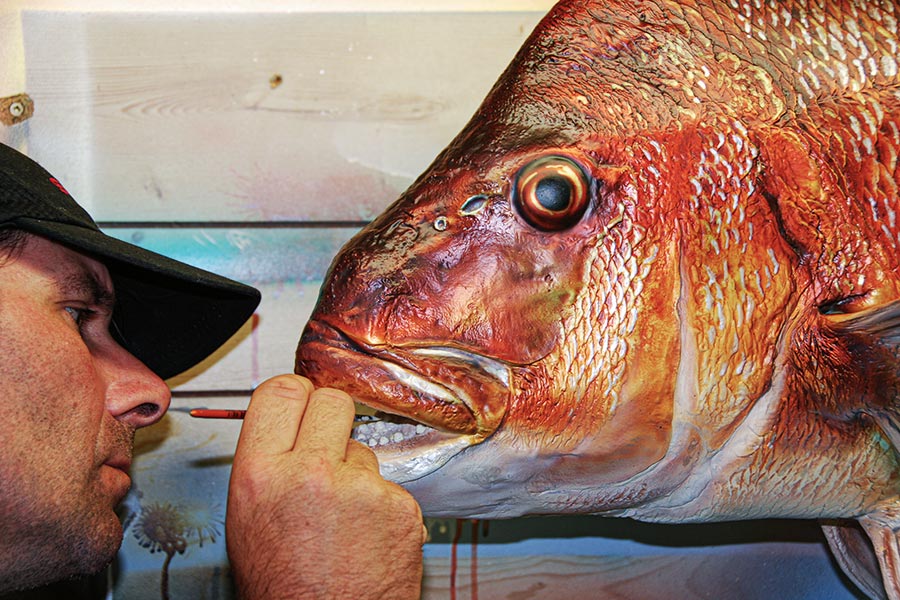
Fish Replicas and Taxidermy The Fishing Website
fish Taxidermy - Since the founding of our company over 45 years ago, fish have been a major focus of our operation. Our studio has mounted over 30,000 fish and counting! We offer traditional Skin Mounts and Replicas. Please click on the galleries below to see examples of our fish work.

Fish Taxidermy Gallery Coble Taxidermy Virginia
Yes you can taxidermy a fish, either as a traditional skin mount, or as a replica mount that involves creating a fiberglass reproduction of the fish. Replica mounts have greatly increased in popularity during recent years, and are now the most popular method of fish taxidermy.

Fish Taxidermy Gallery Coble Taxidermy Virginia
Dry the fish Paint the fish Now let's take a closer look at the taxidermy steps listed above, and discuss what you'll need to do for each of them. Prepare the fish for taxidermy Ideally you should start the taxidermy process of a fish as soon as possible after catching it.

Fish Taxidermy Gallery Coble Taxidermy Virginia
In summary, the average prices for fish taxidermy vary depending on the size and type of fish. Small freshwater fish can range from $100 to $300, medium saltwater fish can cost between $300 and $800, and large game fish can range from $800 to several thousand dollars.

Fish Taxidermy Gallery Coble Taxidermy Virginia
The fish will lose much of its natural color during the taxidermy process, meaning you'll have to repaint it at some point down the road. You will also have to work quickly—when preserving a fish, time is always of the essence. Skin the fish: Using a taxidermy scalpel, carefully cut through the lateral lines of the fish. Carefully cleave.

Fish Taxidermy Gallery Coble Taxidermy Virginia
Traditional skin mounting achieves this by chemically preserving and drying the skin, fins, and head, which are then reconfigured around a foam body and repainted to bring the catch back to life, if you will. Though techniques have changed, there are still many expectational taxidermists who work with skin.